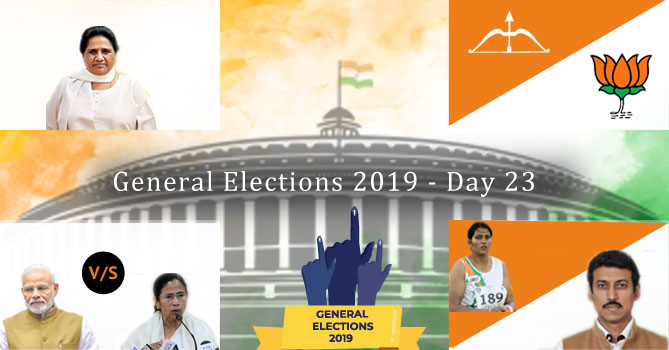The enormous infrastructure project, the India-Middle East-Europe Mega Economic Corridor, seeks to link West Asia and Europe via India. On September 9, 2023, Prime Minister Narendra Modi declared the Plan of action during the G20 conference in Rome. Other participants besides India will be Saudi Arabia, the United Arab Emirates, France, Germany, Italy, the United States, and the European Union.
There will be two different corridors:
- The Eastern Corridor runs through Iran and Turkey and connects India to West Asia and the Middle East.
- The Northern Corridor runs via Russia and Ukraine and connects West Asia and the Middle East to Europe.
“Today, we all have reached an important and historic partnership. In the coming times, it will be a major medium of economic integration between India, West Asia and Europe,” he stated. The corridor will give a new direction to connectivity and sustainable development of the entire world, said PM Modi.
The Partnership for Global Infrastructure Investment (PGII), a group of G7 countries working together to finance infrastructure projects in underdeveloped countries, includes the rail and shipping corridor. As the bloc’s response to China’s Belt and Road Initiative, PGII is known as. The project aims to increase trade among the participating nations, notably in energy products. It might also be one of the more ambitious responses to China’s vast infrastructure initiative, which aims to link the world’s economies.
According to a paper created by Ursula von der Leyen, president of the European Commission, the corridor will have a train connection in addition to an electricity cable, a hydrogen pipeline, and a high-speed data cable. The brochure referred to the project as “a green and digital bridge across continents and civilizations.”
What is the purpose of the proposed project?
President Biden’s deputy national security adviser outlined three key justifications for creating the corridor. An increase in the flow of energy and digital communications would first improve prosperity among the participating nations. Second, the project would address the issue of low- and middle-income countries’ lack of the infrastructure necessary for growth. Third, according to Finer, it might help “turn the temperature down” on “turbulence and insecurity” emanating from the Middle East.
Advantages of the Mega Economic Corridor
- The trade and economic ties between India, the Middle East, and Europe will grow.
- It will boost the local economy and produce jobs.
- It will save transportation expenses and enhance connectivity.
- It will help renewable energy technology development.
- It will aid in lowering carbon dioxide emissions.
What Are The Schedules For Implementation?
The members aim to meet within the next 60 days by the MOU (Memorandum of Understanding) to create and commit to an action plan with pertinent timelines. The memorandum does, however, not establish any rights or obligations under international law. Therefore, the parties are not obligated to abide by it even though it outlines their political commitments.





